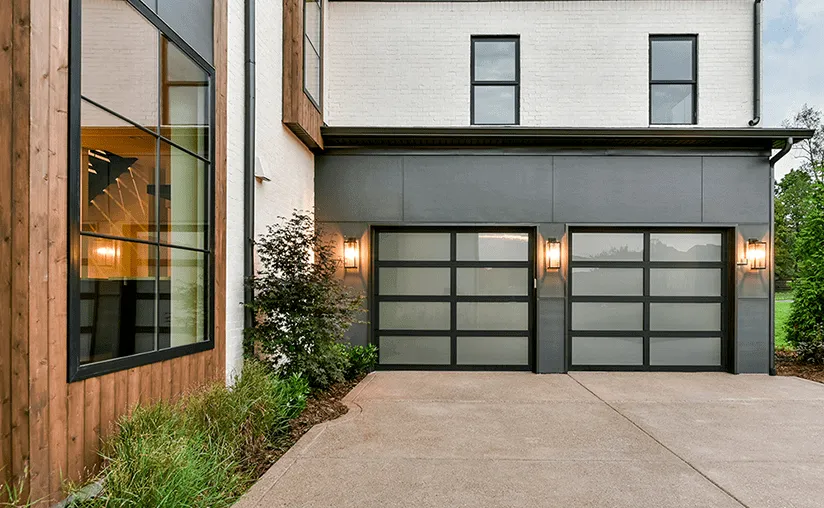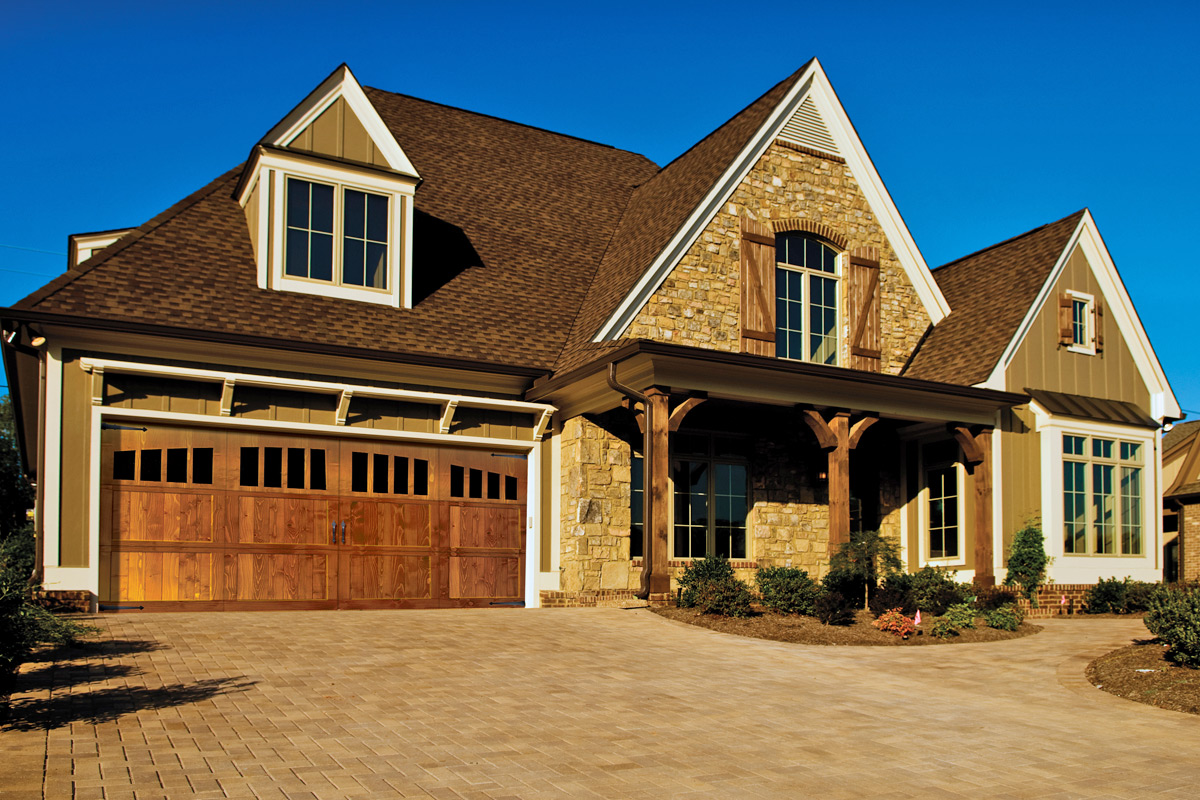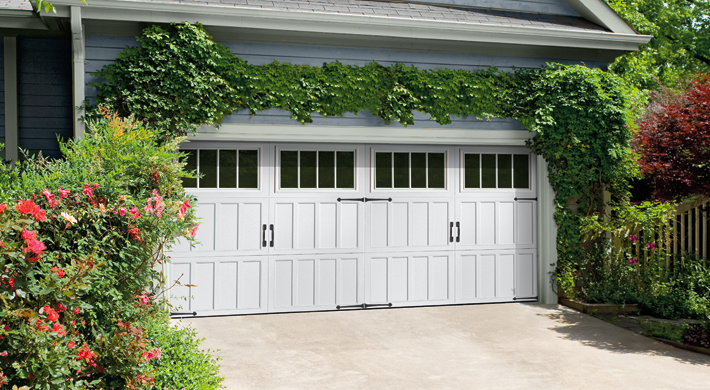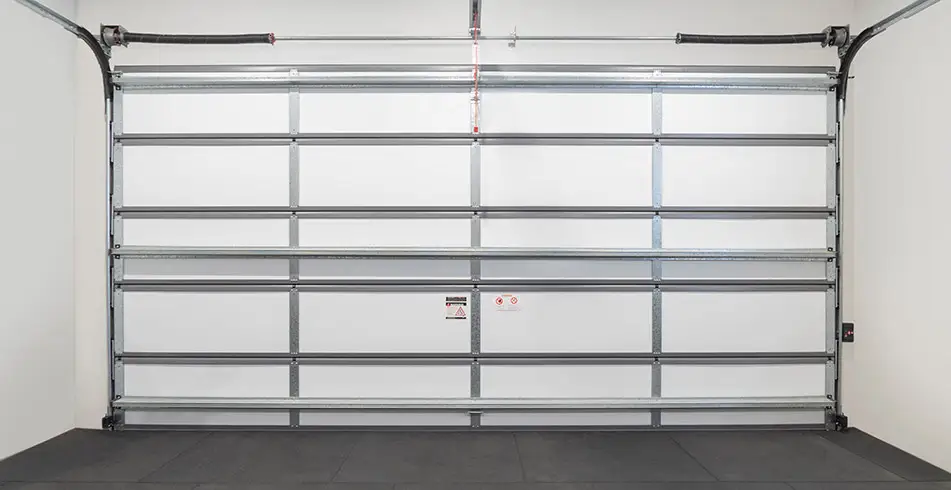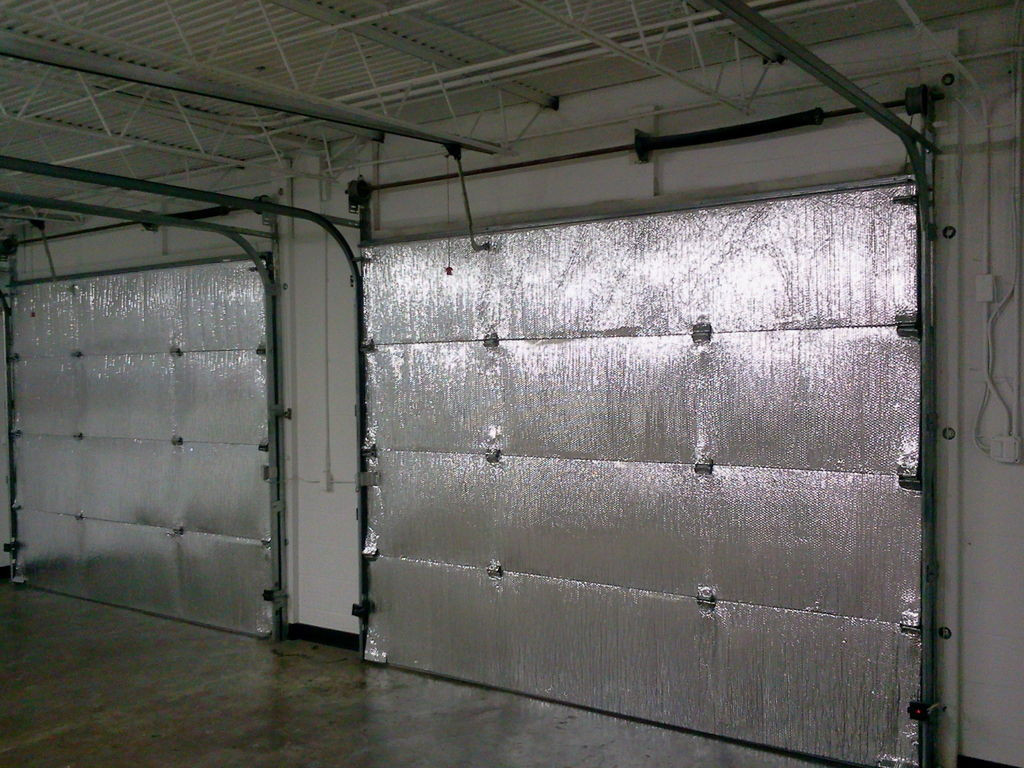
Introduction to Garage Door Sensors
For many homeowners, understanding where is garage door sensor located can be quite puzzling. Whether youre a tech-savvy homeowner or someone who’s never ventured into the mechanics of your garage door, knowing about garage door sensors is crucial. These tiny devices that ensure safety and convenience have indeed become a significant part of residential life.
Garage door sensors prevent accidents and enhance the security of your doorway. To fully understand their importance, its vital to recognize their position, functionality, and maintenance. This article explores the tremendous technology behind garage door sensors, their placement, and their necessity in every household.
What are Garage Door Sensors?
Garage door sensors are electronic devices that detect obstacles in the path of a garage door. Commonly used are photoelectric sensors, which generate an invisible beam at the bottom of the garage door. If something or someone breaks the beam, the garage door will stop closing and reverse to its open position, ensuring safety.
Types of Garage Door Sensors
There are mainly two types of sensors:
- Photoelectric Sensors: These are the most common and are installed near the bottom of the door. They come in pairs and create an invisible light beam.
- Mechanical Sensors: These are pressure-sensitive and are installed at the bottom edge of the door. They activate when they come into contact with an object.
Why Garage Door Sensors are Important
Garage door sensors serve multiple functions, the most crucial of which is ensuring safety. They prevent the door from closing if an obstacle is detected, thereby preventing accidents and injuries.
These sensors also play an important role in securing your home. They can prevent unauthorized access by detecting any unusual activity. Furthermore, they are integral to the smooth functioning of automatic garage doors.
How They Enhance Safety
Garage door sensors prevent injuries by stopping the door from closing when an obstacle is detected. This is especially crucial for families with children and pets. The sensors can detect small children and pets, ensuring that the door doesn’t close on them.
Improving Home Security
These sensors can detect any unusual activity, such as someone trying to force open the garage door. This can trigger an alarm, alerting the homeowners and enhancing the security of the home.
Locating the Garage Door Sensor
The answer to where is garage door sensor is quite straightforward. They are typically positioned on either side of the garage door tracks, around four to six inches off the ground. This placement allows the sensors to create an invisible line that anything will break if it crosses.
Installation Process
Installing garage door sensors is a crucial step in ensuring their proper functioning. Heres how its typically done:
- Mount the Sensors: Attach the sensors to the garage door tracks. They should be mounted facing each other and level with each other to ensure the beam is uninterrupted.
- Wiring: The sensors need to be wired to the garage door opener unit. Follow the manufacturers instructions for correct wiring.
- Alignment: Ensure the sensors are aligned perfectly. A misalignment can cause the sensors to malfunction.
- Testing: Test the sensors by trying to close the door with an object in the sensors path. The door should stop and reverse if installed correctly.
Maintenance Tips
Maintaining your garage door sensors is essential for their longevity and effective functioning. Here are some tips:
- Regular Cleaning: Clean the sensors regularly to remove any dirt that might obscure the sensors.
- Check Alignment: Periodically check that the sensors are still aligned. Bumping into them can cause misalignment.
- Testing: Regularly test the sensors to ensure they are functioning correctly. Use an object to block the sensor and see if the door reverses upon detection.
Troubleshooting Common Issues
Sometimes, you might encounter issues with your sensors. Heres how to troubleshoot common problems:
- Sensor Alignment: If the sensors are misaligned, adjust them until they are level with each other.
- Dirty Sensors: If your sensors are dirty, clean them using a soft cloth.
- Wiring Issues: Check the wiring if the sensors are not working. Ensure all connections are secure and there are no frayed wires.
Replacing Faulty Sensors
If your sensors are beyond repair, replacing them might be necessary. Heres how to do it:
- Purchase New Sensors: Buy the same model to ensure compatibility with your garage door system.
- Disconnect the Old Sensors: Unplug the old sensors from the garage door opener unit.
- Install the New Sensors: Follow the installation process mentioned earlier to install the new sensors.
- Test the New Sensors: Ensure the new sensors are working correctly by performing the necessary tests.
FAQs
Where is the garage door sensor located?
The garage door sensor is located on either side of the garage door tracks, roughly 4-6 inches off the ground.
How do I know if my garage door sensor is not working?
If your garage door doesnt reverse when an object is in its path, or if the door doesnt close at all, the sensor might malfunction.
Can I replace the garage door sensor myself?
Yes, you can replace the sensor yourself by following the manufacturers instructions. However, if you’re not comfortable doing so, consider hiring a professional.
Conclusion: Delighted with Tremendous Safety and Technology
Understanding where is garage door sensor ensu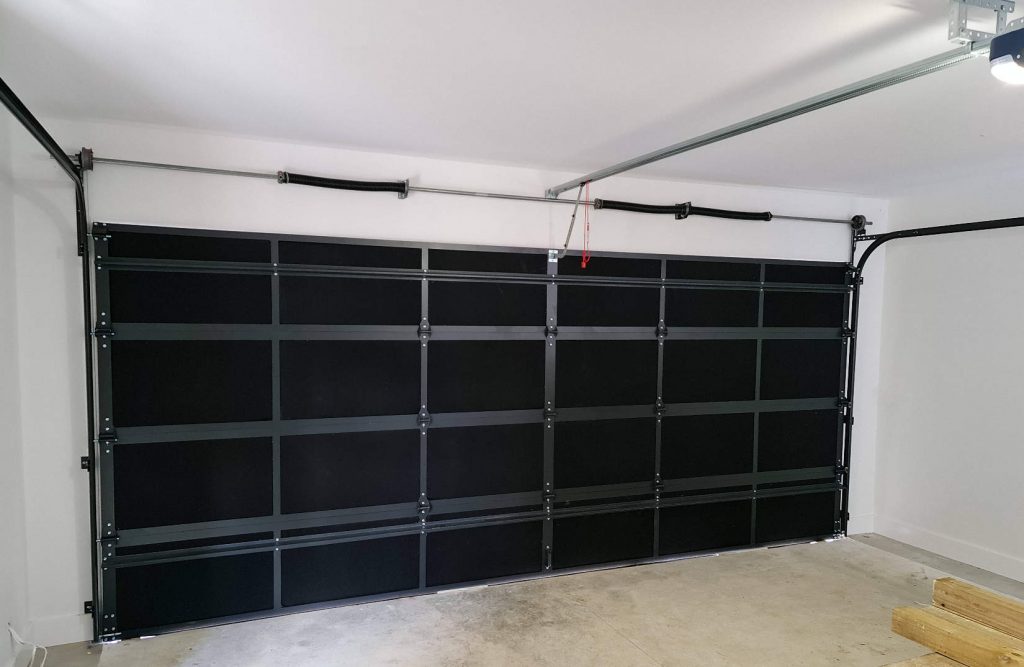 res your home stays safe and secure. These tremendous devices offer both convenience and peace of mind, making them a valuable addition to any home. Regular maintenance and timely replacement can keep them functioning optimally, ensuring your familys safety.
res your home stays safe and secure. These tremendous devices offer both convenience and peace of mind, making them a valuable addition to any home. Regular maintenance and timely replacement can keep them functioning optimally, ensuring your familys safety.
Additional Resources
For more information, check out this guide on garage safety from the USFA.





